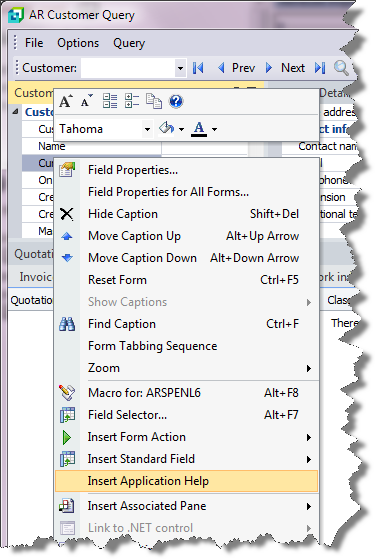You use this program to view current and completed shipment and element details for vessels carrying consignments of goods.
| Field | Description | ||||
|---|---|---|---|---|---|
| Options | |||||
| Preferences | |||||
| Use supplier cross reference for expected merchandise cost | Select this to use the expected cost of a merchandise line based on the purchase order quantity multiplied by the LCT merchandise price defined against the supplier. You assign the LCT merchandise price against the supplier using the Browse on Supplier Stock Code Cross Ref program. If you do not select this option, then the actual cost and GRN value displayed for a merchandise line equals the Expected cost. |
||||
| Assume total receipt when calculating actual merchandise cost |
Select this to display values in the Actual cost and GRN value columns against merchandise lines as if the total shipment quantity had been received into stock.
|
||||
| Assume expected element value when actual element value is 0 |
Select this to display the expected value of the element in the Actual value column if no invoices have been processed against the element and the actual cost is zero. |
||||
| Save Preferences | Save these preferences against your operator code and use them for future runs of the program until next you change them. | ||||
| Close | Save the preferences for the current run of the program only. | ||||
| Vessel | Enter the vessel you want to query. If there is more than one expected date of departure for the vessel, select the relevant vessel from the Shipment Tracking Vessels pane (Shipment Tracking Entry). | ||||
| Field | Description |
|---|---|
| Vessel | Indicates the vessel number. |
| Vessel name | Indicates the name of the vessel. |
| Date of departure | Indicates the date when the vessel left its port of departure. |
| Estimated date of arrival | Indicates the estimated arrival date of the vessel. |
| Actual date of arrival | Indicates the date the vessel actually arrived. |
| Place of shipment | Indicates the port of origin of the vessel. |
| Place of destination | Indicates the port of destination of the vessel. |
| Field | Description |
|---|---|
| Route | Indicates the code that represents the route. |
| Description | Indicates a description of the route. |
| Days for eta | Indicates the number of days it takes the vessel to reach port after leaving the destination port. |
| Days for demurrage | Indicates the number of days required to offload the cargo and organize customs and excise documentation. |
| Days after demurrage | Indicates the number of days it takes to arrive at the final destination after being offloaded. |
All the shipment details attached to the vessel are displayed in a treeview in this pane.
The shipment details can be collapsed to view fewer details or expanded to view more shipment details.
Each collapsible section contains a merchandise line and a list of all the elements for the vessel, including received quantities and invoiced elements.
The shipment totals are an accumulated amount for each shipment of expected, actual, and GRN values.
| Field | Description |
|---|---|
| Calculated unit cost | The calculated unit cost is calculated by dividing the Total expected by the Ship quantity. |
| Current inv. unit cost | This cost is taken from the inventory warehouse file. |
Inserting Application Help
You would typically follow this procedure to display help for the current program in a customized pane that can be pinned to the program window.
Information includes step-by-step instructions for the various functions available within the program, including a brief overview of what the program does, what setup options are required and how to personalize the program.
-
Open the program for which you want to insert application help into a customized pane.
This functionality is only available for a program that has panes.
-
Right-click any form field.
You can also click the triangle menu icon that appears in the title area of a pane.
-
Select Insert Application Help from the context-sensitive menu.
The application help appears in a pane within your program. You can reposition the pane using the docking stickers or pin it to the program window.
Removing the Application Help pane
If you no longer want to display application help in a pane for your current program, you can simply remove it.
-
Select the Close icon in the right-hand corner of the application help pane.
-
Confirm that you want to delete the pane.
![[Note]](images/note.png)

